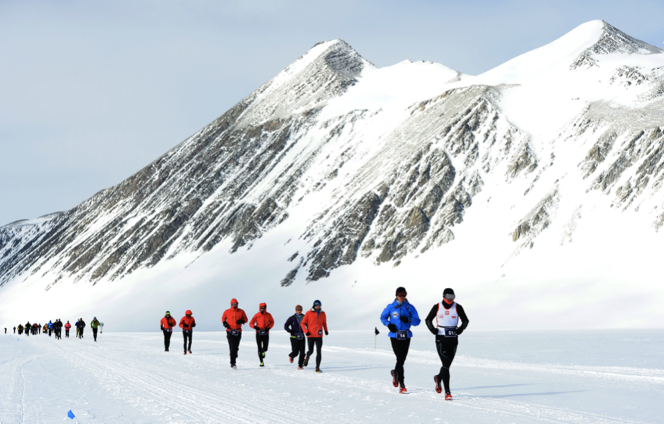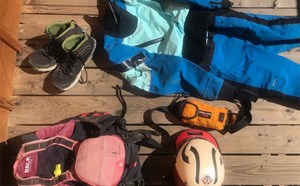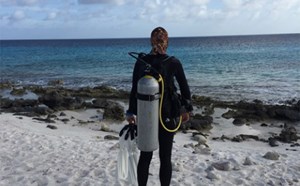
Are Ultramarathon Races More Dangerous Than We Thought?
by David S. Young, MD
Chair-Elect, ACEP Section of Wilderness Medicine
University of Colorado, School of Medicine
Participation in ultraendurance races has rapidly gained popularity over the past two decades. Although delayed from the continuously increasing participation rate in marathon running, ultramarathons have seen an over 1000% increase in participation over the past two decades. Marathon running steadily increased as well, but not to the same degree. Before the 1990s, ultraendurance events were almost always in the form of an Ironman distance triathlon. However, in more recent times, running only races have exploded in popularity. Anything over the marathon distance (26.2 miles/42.2 km) is considered an ultramarathon; however, most “ultras” come in the size of 50 km, 50 mile, 100 km and 100 mile races.
While everyone can envision the risk involved with running these events, some recent events shed some light into the particular dangers inherent to these races. Typically, it’s not just the distance that increases the risk – it’s the location. Ultramarathons occur on trails in remote areas as compared with the majority of marathon athletes who compete in urban streets. The distance to definitive medical care can be extreme, necessitating a competent and well-equipped medical team. Additionally, escaping extreme weather and exposure can be nearly impossible for many ultramarathon athletes.
In May of this year, the deadliest ultramarathon disaster occurred in Gansu, China. Twenty-one athletes (12% of the field) died from hypothermia after an extreme cold front descended on the 100 km race. The deaths were attributed to poor planning, including few aid stations and little compulsory gear, slow medical response, and unseasonable weather. On August 25, 2021, a runner fell to his death while passing the Passeur de Pralognan, a particularly steep section of the 145 km TDS (Sur les Traces des Ducs de Savoie) race held by the famous Ultra Trail du Mont Blanc (UTMB) race series. Although a rescue team was deployed nearly immediately, the runner’s injuries were too severe. Lastly, 87 runners required rescue from the Wasatch Mountains after over a foot of snow fell during the first several hours of a 50-mile race in Utah just days ago. Although no one succumbed to their hypothermia, this severe weather moved in without much warning and risked the lives of many athletes.
While these examples above highlight cases of death, injury, and close-calls, they are unlikely to sway most ultraendurance athletes from participating in extreme events. It is expected that more and more athletes will push themselves to participate in more challenging, longer, and more remote races. While there has been some consensus in how to medically staff and manage long distance races (Hoffman, 2014), there needs to be improved universal understanding of the many risks these races pose by both race staff and athletes. Furthermore, the medical team members should be well equipped to recognize and treat a various number of medical emergencies specific to the environment. Wilderness medicine training is essential for these medical team members to possess, and race organizers should be hiring a team with this specific skillset.
The State of Ultra Running 2020. https://runrepeat.com/state-of-ultra-running. Accessed 10/6/21.
Gansu Ultramarathon Disaster. https://www.nytimes.com/2021/06/03/world/asia/china-ultramarathon-deaths.html. Accessed 10/6/21.
Czech runner dies in fall at UTMB’s TDS race. https://www.runnersworld.com/uk/news/a37396215/czech-runner-dies-in-fall-at-utmbs-tds-race. Accessed 10/6/21.
87 Rescued From ‘Near-Whiteout’ Conditions During Utah Ultramarathon. https://www.nytimes.com/2021/10/09/us/utah-ultramarathon-snow-rescue.html. Accessed 10/9/21.
Hoffman M, Pasternak A, Rogers I. Medical Services at Ultra-Endurance Foot Races in Remote Environments: Medical Issues and Consensus Guidelines. Sports Med: 44(8). 2014



